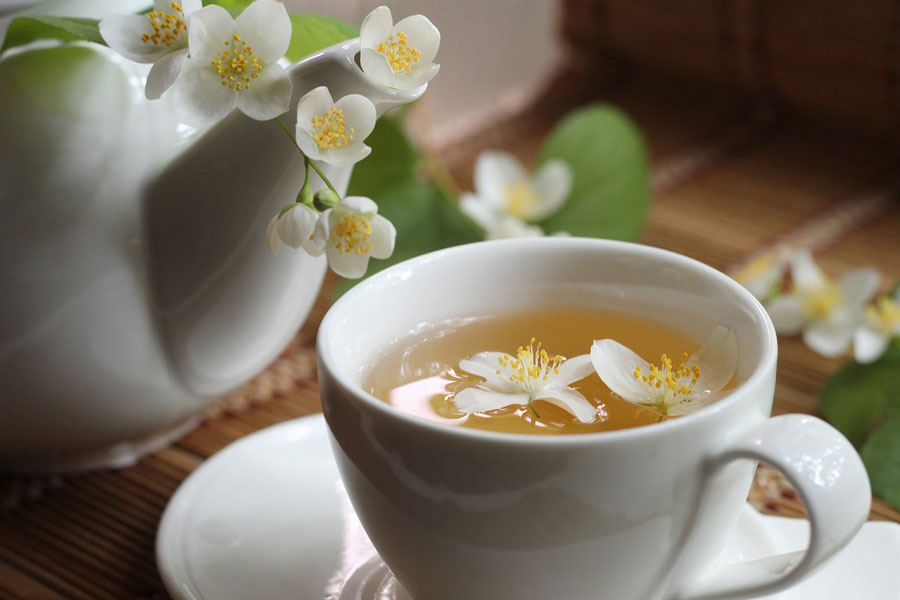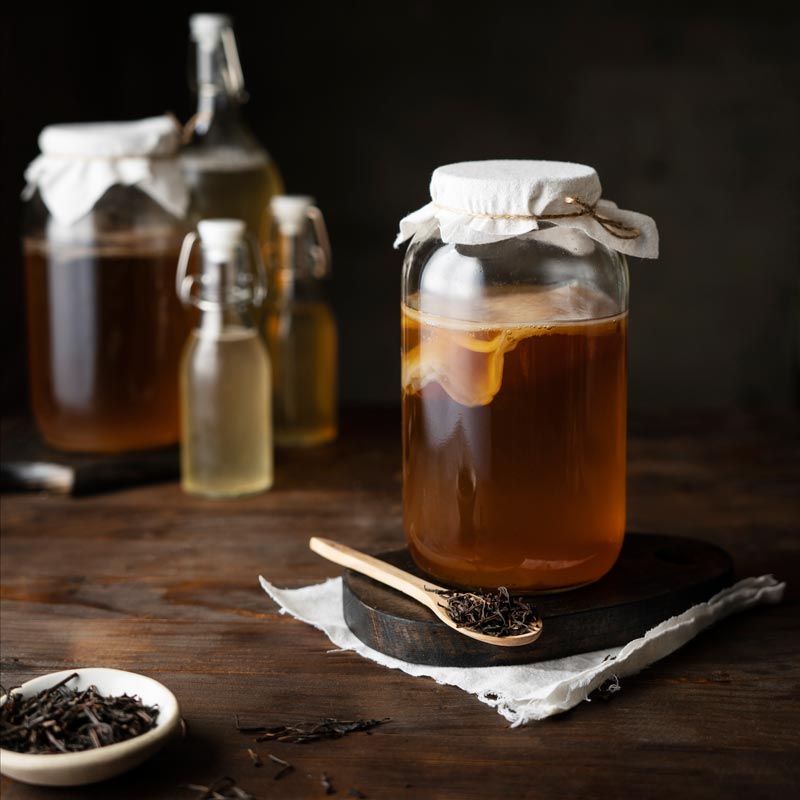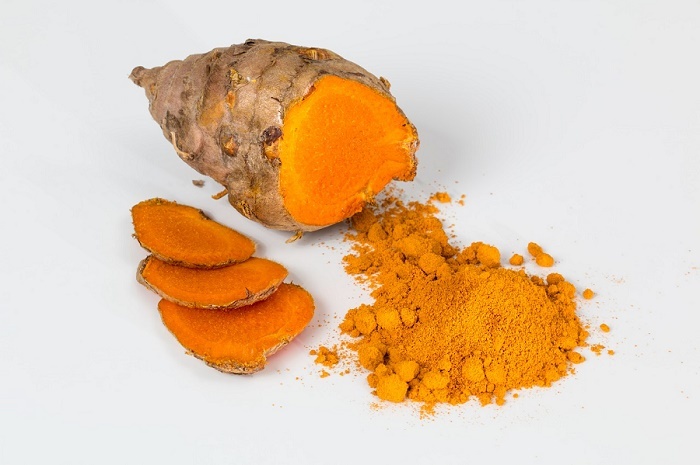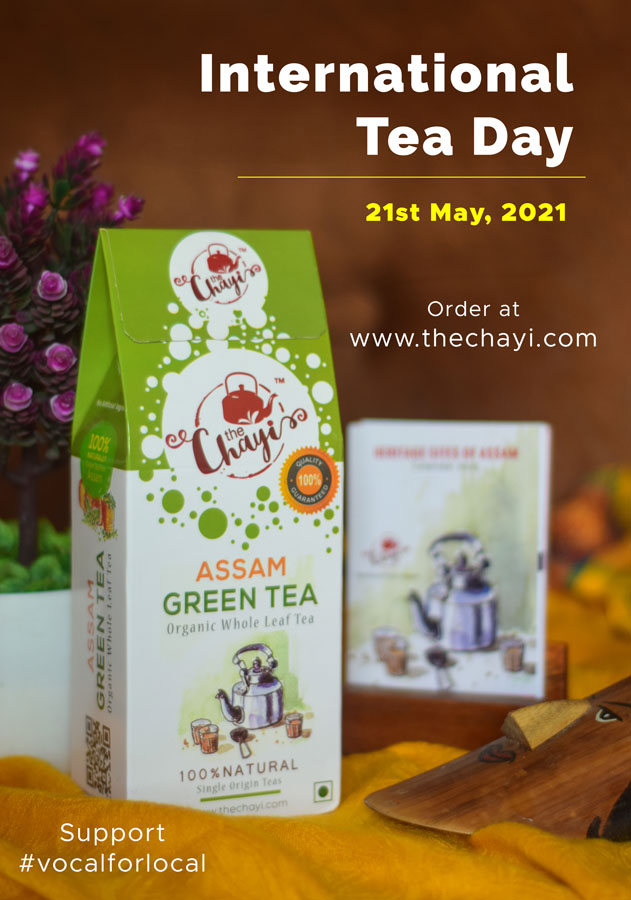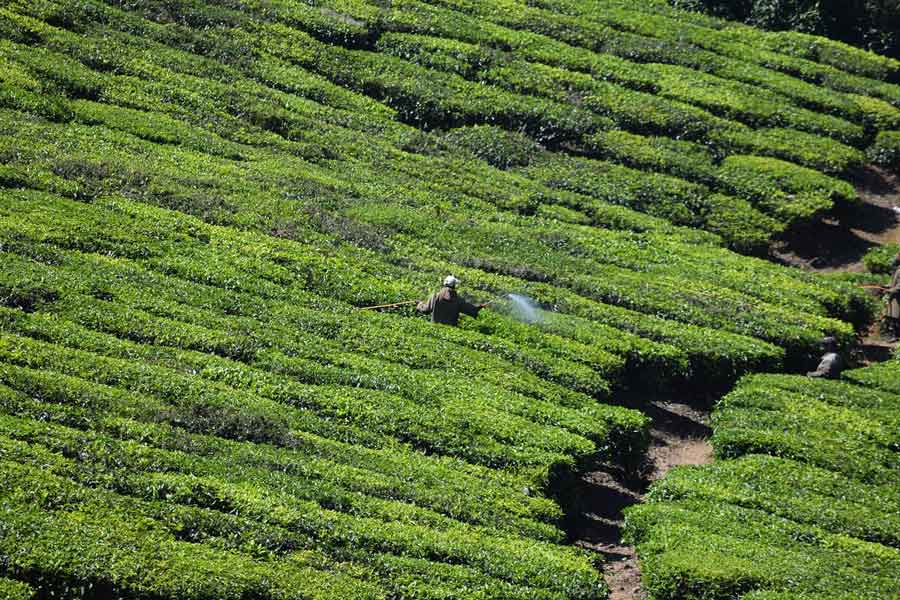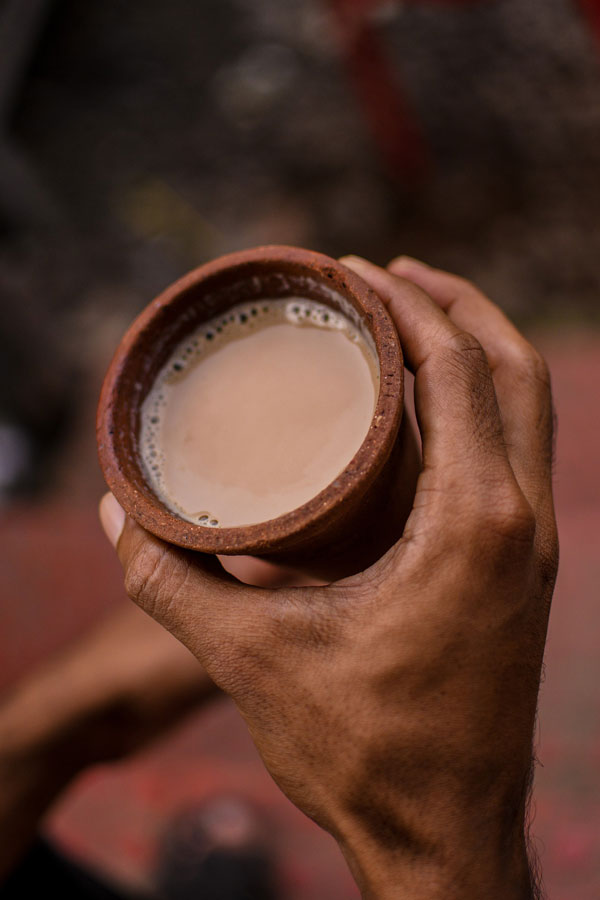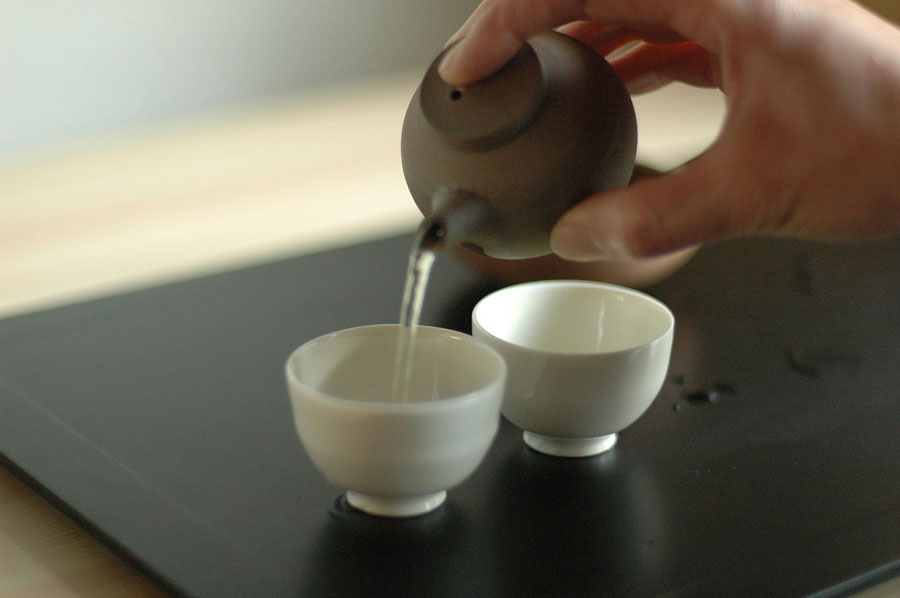Jasmine Tea was one of the first flavoured teas to be exported outside of China, which is where it is believed to have originated. No doubt, with its mildly aromatic fragrance and delicate flavouring, Jasmine Tea became an instant hit in the markets and has been making the rounds ever since.
The world is now more aware and is more into Green Tea. A little tweak and we have the flavoured green teas- something to balance out the taste and flavour. From chamomile to lemon to lemongrass to jasmine, flavoured green teas are gaining quite a bit of popularity.
Jasmine-The Flower
The Jasmine flower belongs to the olive family, Oleaceae. There are two species of Jasmine that are mostly used to flavour the teas- Common Jasmine (Jasminum officinale) and Sampaguita (Jasminum sambac). These plants thrive in tropical and temperate regions. In India, the popular variety of Jasmine is the Common Jasmine. It is also native to Iran, Afghanistan, Pakistan (where it is the national flower), and Nepal. Though Jasmine flavoured tea has its roots in China, however, its is believed that China imported the flower from Persia. Sampaguita’s are native to a small region in the eastern Himalayas that borders Bhutan and neighbouring India. It is widely cultivated in Asia and Southeast Asia. It also grows extensively in Madagascar, Central America, the Caribbean, Florida and Philippines, where again, it is the National Flower. The Jasmine plant bears striking, and extremely fragrant white, yellow, or rarely pink flowers which blooms during the summer, filling the air with sweet-smelling aromas.
Making of Jasmine Green Tea
The traditional way of making Jasmine Tea is pretty laborious. It initiates with the traditional method of plucking of the tea leaves. Plucking is done during late spring. This is followed by the classical process of drying which is accomplished by either steaming the leaves or using indirect, warm air. Drying is done in such a way that the leaves are not oxidized all through, which is how, usually, green teas are prepared. Now the dried leaves are stored in a cool place until summer, when the Jasmine blooms and are picked. Jasmine flowers are harvested during prime summers, where the flowers are readied for the scenting process. The flowers are mixed with the stored leaves under meticulously observed conditions like the right temperature and humidity. The process is, of course, not as easy as it sounds. The scenting process may be repeated a certain number of times to give the teas that immaculate aroma and taste. This is followed by firing the final mix of scented teas to dry them and rid them of any moisture.
The tea industry has devised several artificial techniques to infuse the Jasmine flavour into tea. Natural Jasmine flavourings or Jasmine oil is used for scenting the commercially produced Jasmine- Flavoured Teas.
Taste and Flavour
While Jasmine flavoured tea produced traditionally gives off the best flavours, commercially infused flavours also suffice well enough. The result is a floral-textured, dewy, subtle and fresh fix. For all green tea lovers and those who are not (yet!!), Jasmine Green tea, brimming with anti-oxidants and sweet, refreshing flavourings, can most certainly be a treat to your taste buds. And lots of health benefits too!! A must try!!

